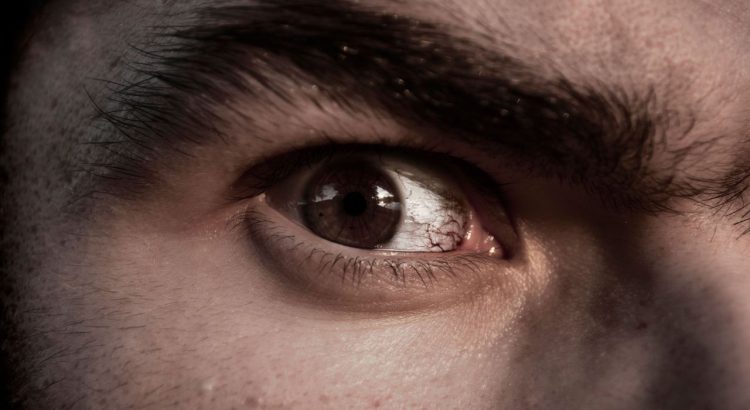Light House Denver – The term psychopaths is often used to describe someone who is cold, lacks empathy, and tends to behave immorally. Although it is not an official diagnosis in the field of mental health, the term is widely used in clinical and legal contexts to refer to individuals who are selfish, antisocial, show no remorse, and are often involved in criminal behavior.
Psychopathic behavior can vary greatly. Some psychopaths are involved in sexual crimes or murder, while others may become highly successful individuals, even leading major organizations. Much of this depends on how their core personality traits develop over time.
Factors Influencing Psychopathy
Early studies suggest that psychopathy is often rooted in dysfunctional parent-child relationships. Children who experience emotional deprivation, rejection, or a lack of affection are at greater risk. These early experiences are believed to contribute to the development of psychopathic traits later in life.
“Read More: Formula E 2025 Sarinah Jakarta E-Prix Successfully Held”
However, psychopathy is not solely shaped by environmental factors. Genetic and biological components also play significant roles in the development of this personality type. Psychopathy is generally thought to arise from a combination of childhood experiences and biological predispositions.
Signs of Psychopathy Visible in the Eyes
According to Psych Central, researchers have found that psychopaths display unique visual behaviors compared to the general population. One key indicator is their pupil response.
Typically, when a person encounters something disturbing or emotionally intense, their pupils dilate as part of the body’s sympathetic nervous system response. However, a 2018 study involving 82 men with interpersonal-affective psychopathic traits showed that their pupils responded less when they viewed negative images.
Other studies also found that psychopaths tend to have reduced pupil dilation when exposed to emotionally disturbing sounds. This includes sounds such as screams. This suggests that their emotional reactions to negative stimuli are not as strong as those of most people.
Interestingly, psychopaths were observed to spend more time staring at images that convey strong emotions, such as pain and shame.
The Psychopathic Gaze: Intimidating or Cold?
Dr. Naomi Murphy, a consultant and forensic psychologist and founder of Octopus Psychology, explains that psychopaths sometimes use eye contact deliberately as a way to control or intimidate others.
“Sometimes, their gaze is also a reflection of cold, hard anger,” Murphy notes.
However, Murphy emphasizes that not all individuals with psychopathic traits have a threatening stare. It is a mistake to generalize that every psychopath displays the same type of intense gaze.
Common Characteristics of the Psychopathic Gaze
Although there are no definitive visual signs that can fully identify a psychopath, researchers have noted several common patterns in their gaze, including:
- A cold demeanor, lacking empathy or affection
- Wide-open eyes, showing more visible sclera (the white part of the eye)
- Less frequent blinking
- A gaze that feels threatening or piercing
- Enlarged pupils in specific situations
- An intense, hard-to-avoid stare
- Prolonged eye contact
Final Thoughts
Identifying a psychopath through their gaze is certainly intriguing, but it should never be the sole factor in judging someone’s character. Psychopathy is a complex condition influenced by biological, psychological, and social factors. It’s important to understand that not everyone with an intense or prolonged stare is a psychopath. Proper psychological evaluation by professionals is essential to accurately determine psychopathic traits.
“Continue Reading: Strict Parents, Signs of Being Too Rigid with Children”



